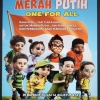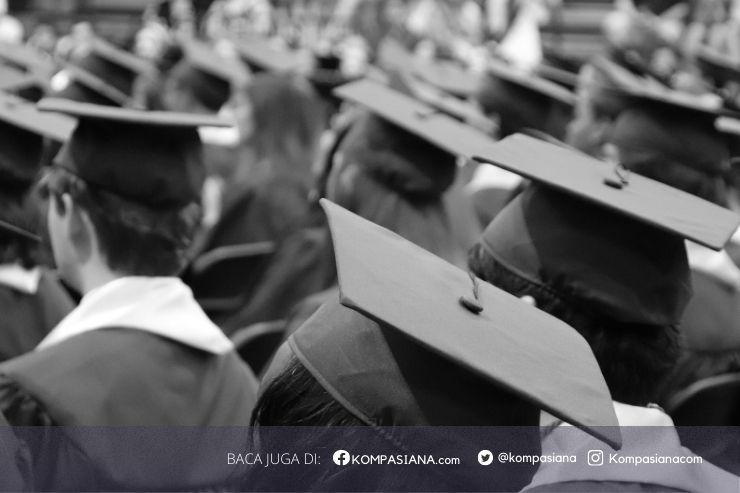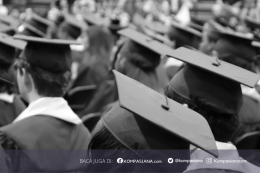In summary, the selection and management of planting materials in rubber plant nurseries involve a complex interplay of genetic expertise, nutritional management, propagation techniques, and ecological understanding. As scientific advancements increasingly inform agricultural practices, these combined factors are poised to significantly influence the future of rubber cultivation. To sustain this industry and maximize yields, an integrated approach emphasizing superior genetic material, effective nursery management, and ecological considerations will be essential.
----------------------------------------------------------------------------------------------------------------
DAFTAR PUSTAKA
Borelli, K., Rocha, J., Silva, M., Scaloppi, E., Gonçalves, A., & Tecchio, M. (2024). Rubber tree mini clonal garden: electric conductivity of the nutritional solution in the production of propagules. Revista Árvore, (48), 01-15. https://doi.org/10.53661/1806-9088202448263652
Dani, S., Solikhun, S., & Priyanto, D. (2023). The performance machine learning powel-beale for predicting rubber plant production in sumatera. International Journal of Engineering and Computer Science Applications (Ijecsa), 2(1), 29-38. https://doi.org/10.30812/ijecsa.v2i1.2420
Febryano, I., Sari, Y., Herwanti, S., & Bintoro, A. (2024). Planting patterns in rubber agroforestry (hevea brasiliensis) developed by the communities of menggala mas village, lampung province, indonesia. Folia Forestalia Polonica, 66(1), 33-45. https://doi.org/10.2478/ffp-2024-0004
Khaswarina, S., Sucherly, S., Kaltum, U., & Ariawaty, R. (2023). The efficiency of smallholder rubber plantations and the factors that influence it: a case study in indonesia. International Journal of Design & Nature and Ecodynamics, 18(2), 261-267. https://doi.org/10.18280/ijdne.180203
Marwan, H., Mulyati, S., Sarman, S., & Hayati, I. (2020). Fluorescent pseudomonads from plant rhizosphere as biological agent to control white root disease and growth-promoting on rubber plants. Biodiversitas Journal of Biological Diversity, 21(11). https://doi.org/10.13057/biodiv/d211139
Oktavia, F. and Agustina, D. (2021). Progress of rubber breeding program to support agroforestry system in indonesia. E3s Web of Conferences, 305, 03006. https://doi.org/10.1051/e3sconf/202130503006
Penot, É. (2021). Rubber agroforestry systems (ras) in west kalimantan, indonesia: an historical perspective. E3s Web of Conferences, 305, 02001. https://doi.org/10.1051/e3sconf/202130502001
Royani, J., Khairiyah, H., Mira, F., Utami, R., Rudiyana, Y., & Watanabe, N. (2024). Comparative growth response of three rubber (hevea brasiliensis muell. arg) clones in somatic embryo propagation. Iop Conference Series Earth and Environmental Science, 1362(1), 012015. https://doi.org/10.1088/1755-1315/1362/1/012015







